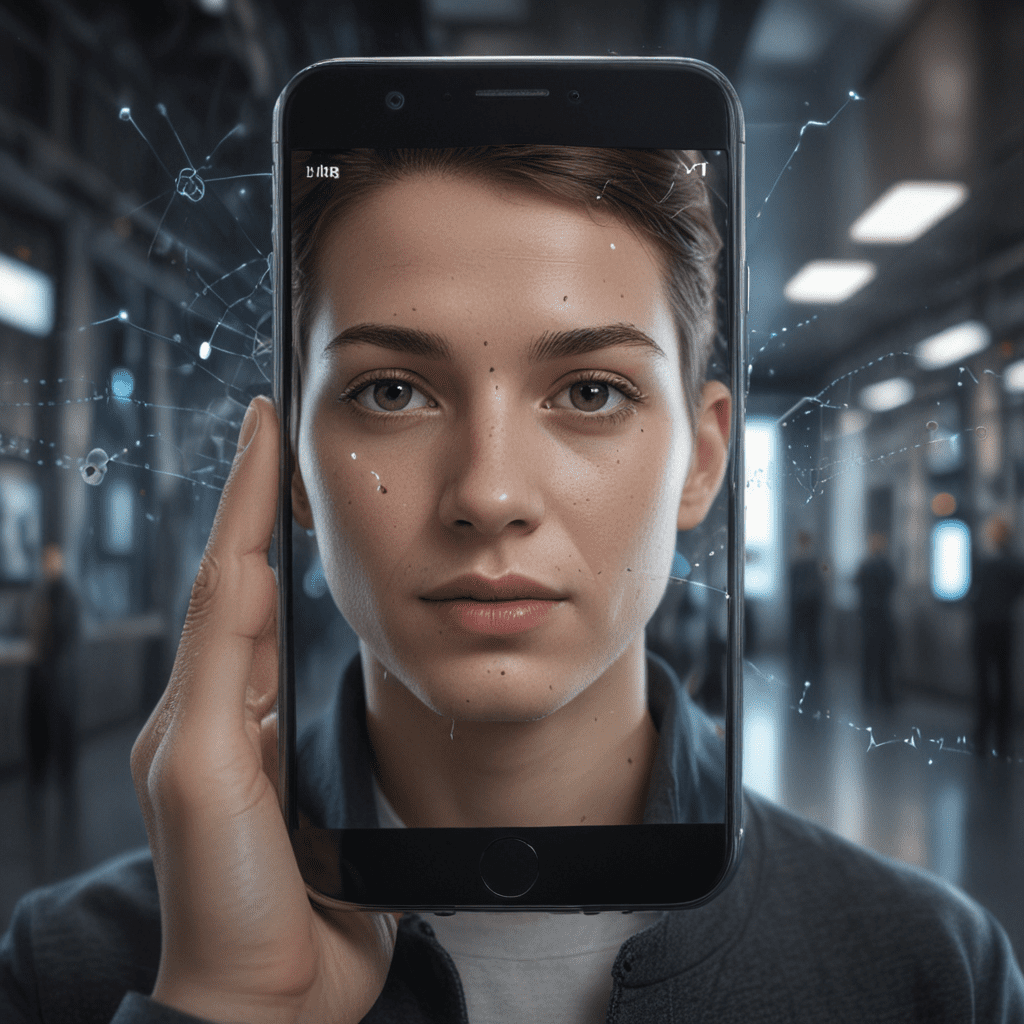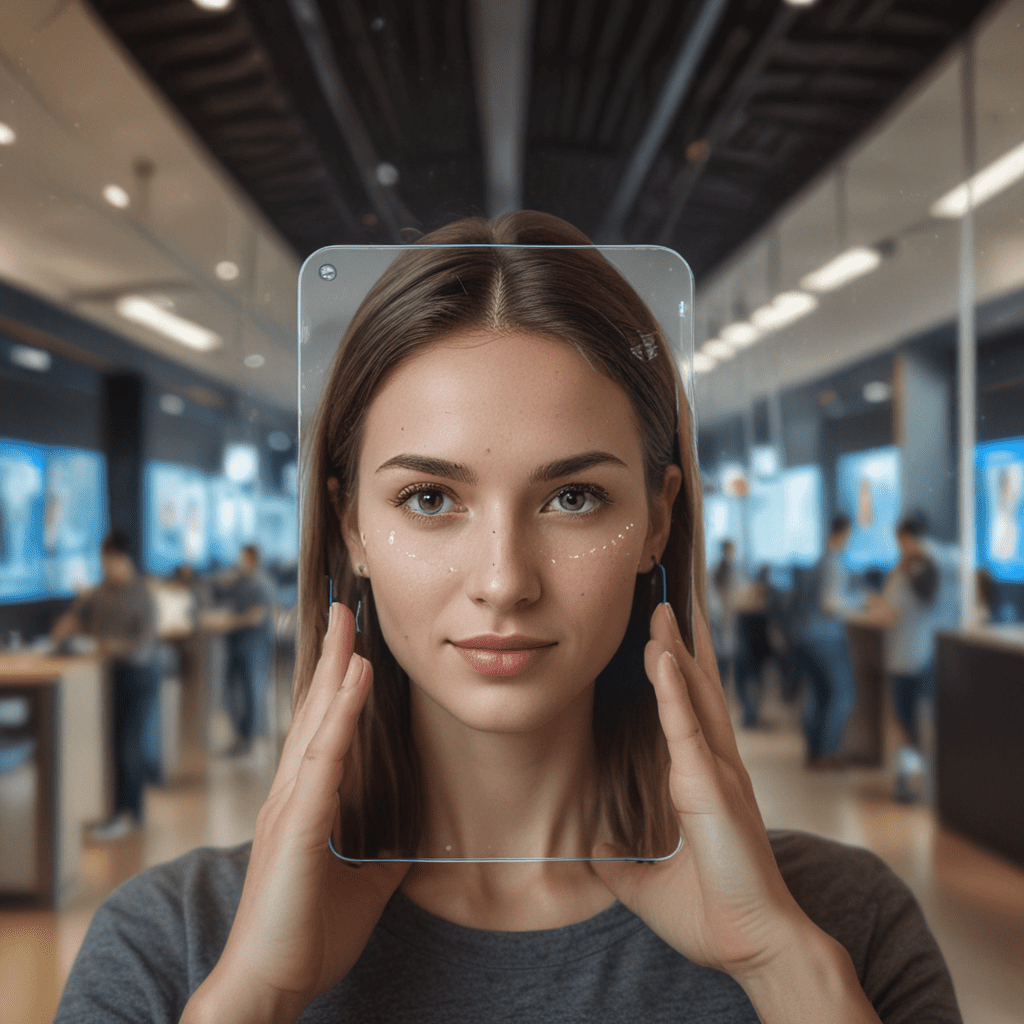Facial Recognition Technology: Enhancing User Security in Smartphones
1. Introduction
Facial recognition technology is revolutionizing the realm of smartphone security, providing users with heightened levels of protection and convenience. This advanced technology leverages facial biometrics to identify individuals, offering a more robust and intuitive security mechanism than traditional methods like passwords and PINs.
2. Overview of Facial Recognition Technology
Facial recognition technology utilizes advanced algorithms and specialized hardware to analyze and match unique facial features, including bone structure, eye distance, and facial contours. When applied to smartphones, it offers a highly accurate and secure method of authentication.
3. Benefits of Facial Recognition in Smartphones
3.1. Enhanced User Security
Facial recognition significantly enhances smartphone security by providing a unique and immutable biometric identifier. It eliminates the risk of forgotten passwords or compromised PINs, reducing the likelihood of unauthorized access to sensitive data and applications.
3.2. Convenient and Seamless Authentication
Unlike passwords or PINs, facial recognition offers a convenient and seamless authentication experience. By simply looking at the smartphone's camera or infrared sensor, users can unlock their devices quickly and securely, without the hassle of remembering or entering complex credentials.
6. Adoption and Industry Trends
Facial recognition technology has rapidly gained popularity in the smartphone industry, with many leading manufacturers incorporating it into their flagship devices. The convenience and enhanced security it offers have driven widespread adoption among users and have made it a standard feature on many new smartphones.
7. Future Advancements and Applications
Research and development in facial recognition technology continue at a rapid pace. Future advancements are expected to further enhance its accuracy, speed, and versatility. This could lead to innovative applications such as contactless payments, remote identity verification, and personalized experiences in retail and healthcare.
8. Ethical Implications
As facial recognition technology becomes more prevalent, ethical concerns arise around its use and the potential for privacy breaches. Striking a balance between security and privacy is crucial. Transparent policies and responsible implementation are essential to address these concerns.
9. Challenges and Limitations
While facial recognition offers significant advantages, there are still some challenges and limitations. For example, it can be affected by lighting conditions or facial coverings, which may impact its accuracy. Ongoing research aims to overcome these limitations and improve the overall robustness of the technology.
10. Conclusion
Facial recognition technology has become a valuable tool in the pursuit of enhancing smartphone security and convenience. It provides a unique, secure, and seamless authentication experience that is transforming the way we interact with our devices. While ethical considerations and technical limitations exist, advancements in the field are promising. The future of facial recognition technology holds the potential to reshape our digital experiences and redefine our approach to personal security.
FAQs on Facial Recognition Technology in Smartphones
Q1. Is facial recognition on smartphones completely secure?
A1. While facial recognition technology is very secure, it is important to note that no security system is foolproof. Strong security measures such as liveness detection help prevent spoofing attempts.
Q2. Can facial recognition be used to unlock other devices besides smartphones?
A2. Yes, facial recognition technology is being integrated into various devices beyond smartphones, including laptops, tablets, and even door locks.
Q3. How accurate is facial recognition technology?
A3. The accuracy of facial recognition technology depends on various factors such as the quality of the camera, the algorithms used, and environmental conditions. Advanced facial recognition systems achieve a high degree of accuracy and reliability.
Q4. Are there any privacy concerns related to facial recognition?
A4. Yes, there are some privacy concerns regarding the collection and storage of facial data. It is important for organizations using facial recognition technology to implement appropriate data protection measures and obtain informed consent from individuals.
Q5. What are some potential future applications of facial recognition technology?
A5. Future applications of facial recognition technology include contactless payments, remote identity verification, personalized experiences in retail and healthcare, and even law enforcement.



